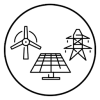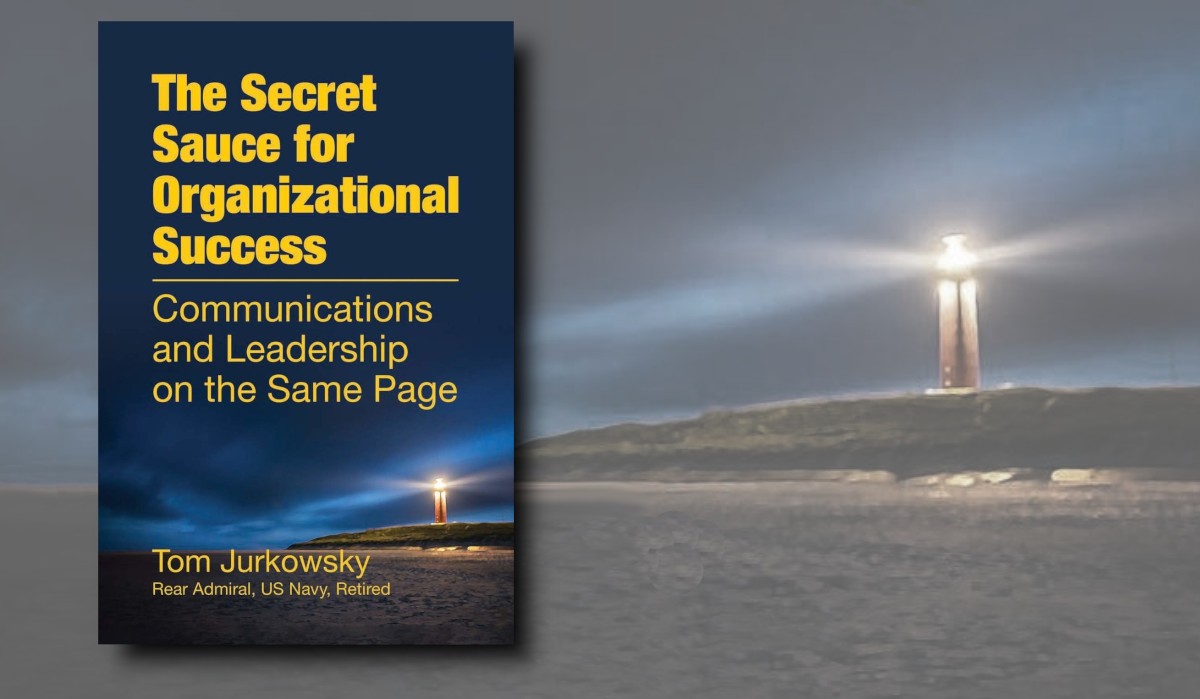Army Research Scheme
The Army Research Scheme for 2025 is now open.
Application Details can be found on AusTender at ATM View - AARC-ARS-03-2025
Independent researchers and research organisations are invited to register to be part of the Army Research Network that will group researchers/organisations in their speciality under the broad scope of Army’s interests being:
|
State of the Australian Army Profession The analysis of the past, present and future state of the State of the Australian Army Profession in an Integrated Force including how Army needs to adapt to the enduring and changing character of war. |
|
|
Mobilisation The challenges and risks associated with Army’s approach to accelerated preparedness. |
|
|
Littoral Manoeuvre Operations and manoeuvres in the Indo-Pacific including the protection of key trade routes and maritime approaches. |
|
| Defence of Australia | |
| RAS and AI Governance | |
|
ASPC
|
|
|
ACMC
|
With the additional area of interest related to:
2023 Defence Strategic Review and the 2024 National Defence Strategy
What opportunities exist for the utilisation of land power within the ‘National Defence’ concept as espoused by the 2023 Defence Strategic Review and 2024 National Defence Strategy.
The Australian Army Research Centre will, through a Request for Proposal process, invite organisations under a specific topic of interest to address a question or a proposed area of research. This may occur throughout the year. Selected organisations will submit a proposal for evaluation, shortlisting and selection.
Army Research Scheme outputs include an Occasional Paper (15,000 - 20,000 words, exclusive of footnotes), a journal article for publication in the Australian Army Journal (4,000 - 6,000 words, exclusive of footnotes), and a blog post for the Land Power Forum (800 - 1,200 words, excluding footnotes). Army will facilitate publication of these outputs, with other options to disseminate research also to be considered.
Depending on the research method, Defence requires that research involving opinions and/or surveys as an example, will undertake ethics approval, that will require, at a minimum, submission to the Defence Low Risk Ethics panel. For engagement considered high risk, submission to Department’s Defence and Veterans' Affairs Human Research Ethics Committee (DDVA HREC) may be needed. More details will be provided through the Request for Proposal process.
Any research must be applicable to Army and must offer original content and/or practical recommendations.
General enquiries can be sent using the Army Research contact form.








